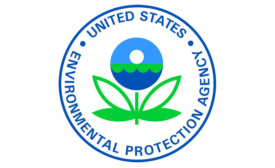Government Safety Regulations
DOL sues Lear Corp., three managers who retaliated after employees raised safety concerns
Suit seeks back wages, damages for violations of the OSH Act
March 8, 2016
EPA "cancels" an insecticide
Products harm aquatic animals, manufacturers failed to comply with the terms of the registration
March 4, 2016
Never miss the latest news and trends driving the safety industry
eNewsletter | Website | eMagazine
JOIN TODAYCopyright ©2024. All Rights Reserved BNP Media.
Design, CMS, Hosting & Web Development :: ePublishing









